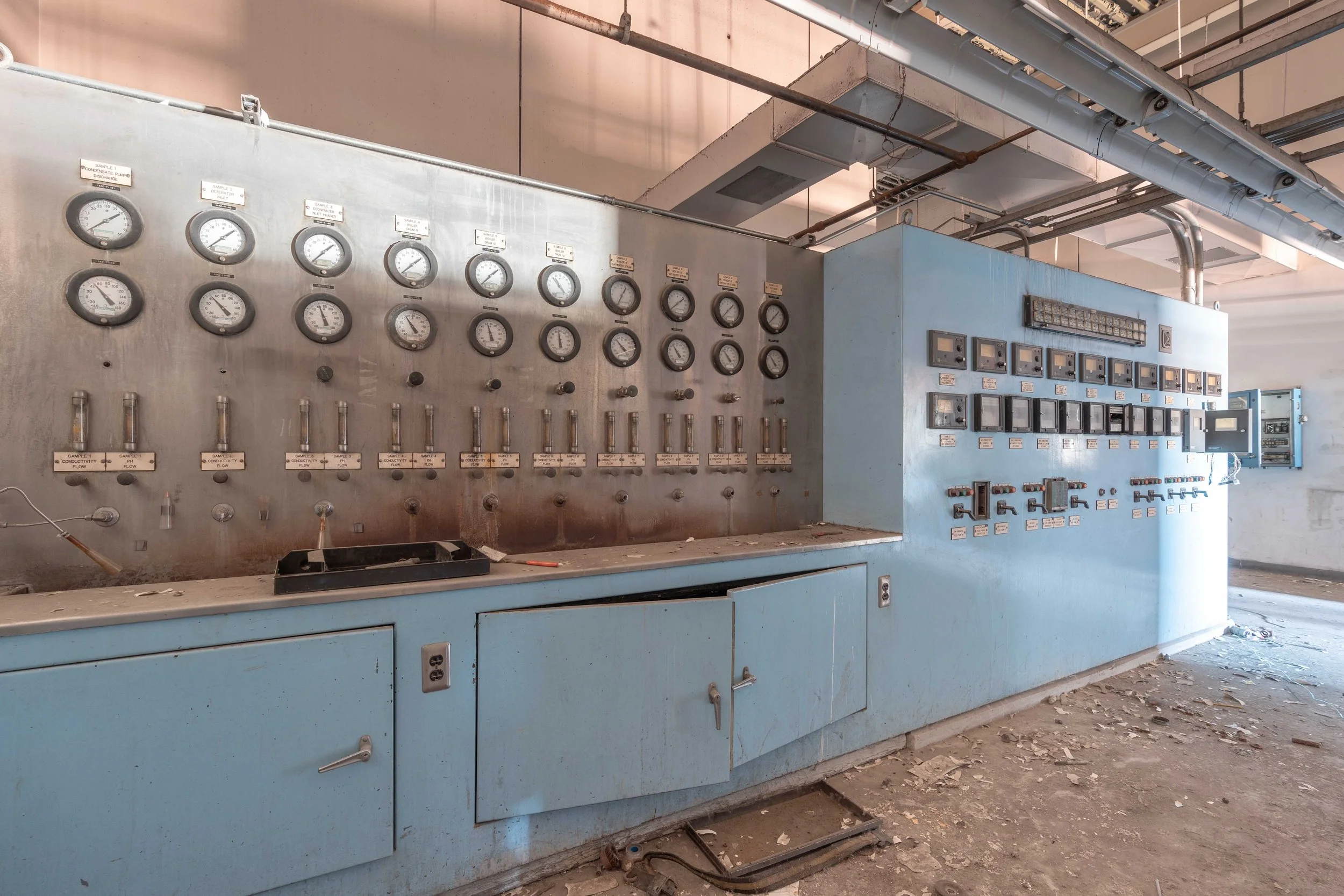Detroit Renewable Power aka The Detroit Incinerator. It was at the center of controversy for nearly three decades. It’s been a target for activists, protestors, environmental groups, city officials, state legislators, and neighborhood residents alike. It’s been celebrated, but mostly hated. It’s gigantic smokestack could be seen for miles away, as well as by the millions of people who passed by it as they traveled through the heart of Detroit. The massive power plant was located within the shadows of the I-94 and I-75 intersection, also making it a part of the Detroit skyline for over 30 years.
The neighbors had long been plagued by the odors coming out of the incinerator that were absolutely atrocious and would often cause people to gag, and in some cases even get sick to their stomach. In addition, they ended up having respiratory problems and serious breathing issues. There was also numerous reports showing an increase in COPD, whooping cough, and asthma, all from the contamination of the air, the water, and the soil, caused by the constant flow of pollution. Sadly, the children in the area were hospitalized at a rate of three times higher than the state average as a direct result of the incinerator.
For years the local residents gathered, lobbied, protested, and even sued the incinerator due to its constant pollution, however and quite shockingly, it was not always this way. In fact, in the beginning it was the complete opposite. In 1989 the City of Detroit opened the world’s largest municipal incinerator, now known as the Detroit incinerator. It was praised by the city’s government and citizens alike, as it was expected to bring economic prosperity and growth to Detroit. It was thought that industries would be attracted to the city because at the time incineration, or burning trash, was viewed as the safest, most cost-effective waste disposal method. Many residents also supported the business venture as it was to bring much-needed jobs to the local community, but this was all short-lived as it took a turn for the worst.
Once the plant was underway, environmental groups begin to take notice after measuring high toxicity levels in the immediate area around it. They felt that the incinerator was going to be a major environmental and health risk; and actively protested against it, but in the end it fell on deaf ears and the incinerator continued to operate, burn trash, and infect the clean air. Unfortunately, the concerns of the environmental groups would eventually ring true. The Detroit incinerator was responsible for burning over one million tons of solid waste from 13 counties throughout southeastern Michigan each year. The burning garbage would then create steam, which in turn produced electricity, all at a cheap cost. However, that was where the incinerator went wrong.
They solely focused on bringing in inexpensive, renewable energy to Detroit and only focused on the financial aspect of the production, rather than the health of the residents. So in effect it was a cheap cost for energy, but an expensive cost to the residents in terms of their health, as some would pay with their lives as a direct result from the plant’s extreme toxicity. The incinerator became notorious as it was rated the worst in all of Wayne County for criteria pollutants produced. The plant would emit nitrogen oxide, sulfur dioxide, carbon monoxide, and lead into the atmosphere – pollutants which can be toxic to human health, especially respiratory health.
n 2019, things began to come to a boiling point. Officials reported that in its last five years of operation, the site exceeded pollution emission standards nearly 800 times, a shock to many city officials, state legislators, and other people in the industry. After this concerning report, officials again demanded action at the incinerator and required the operator to live up to the federal standards and guidelines. This meant that Detroit Renewable Energy had to give the plant a complete overhaul and upgrade most of its outdated equipment. The company quickly realized that this was going to be a huge financial cost and most likely would have resulted in a millions of dollars lost in profits. Detroit Renewable Energy eventually made the decision to close the incinerator and the years-long controversy surrounding the Detroit solid-waste burning incinerator, finally came to an end. The Detroit Incinerator was demolished in 2023, signaling the end of a toxic era within the City of Detroit.

